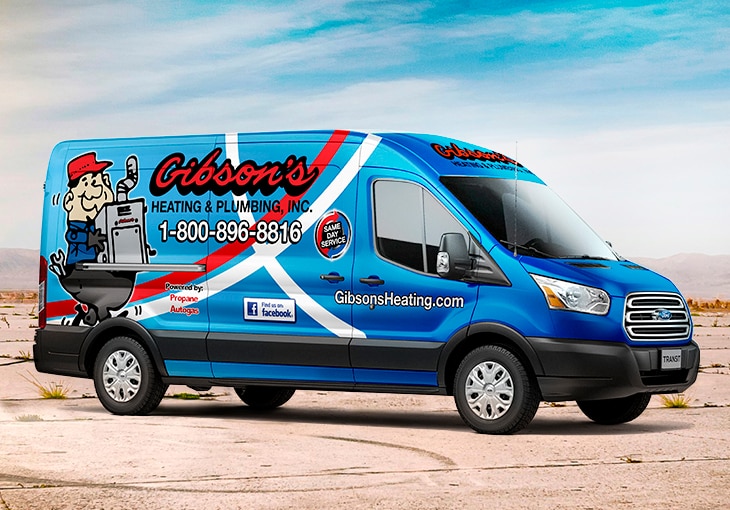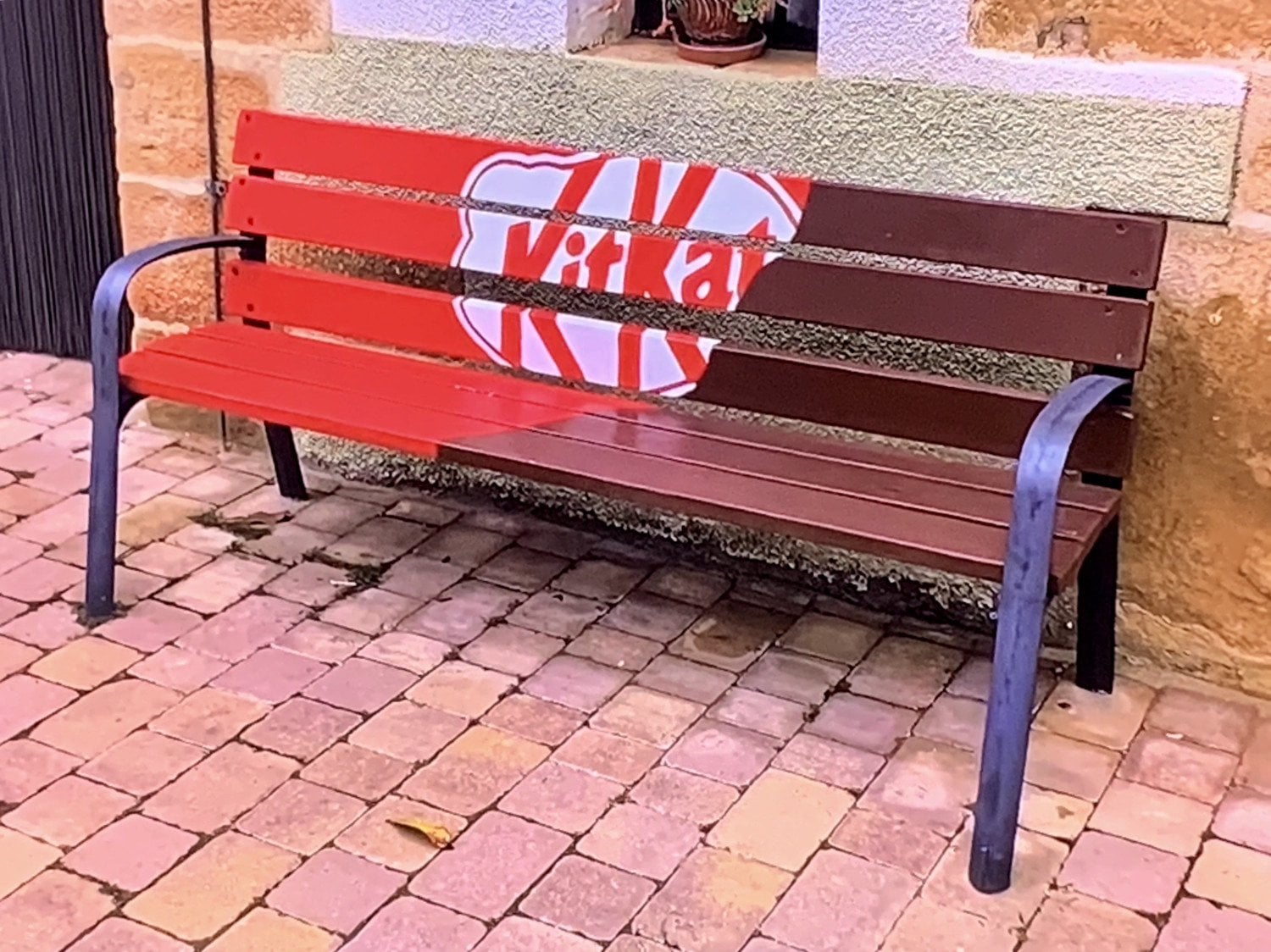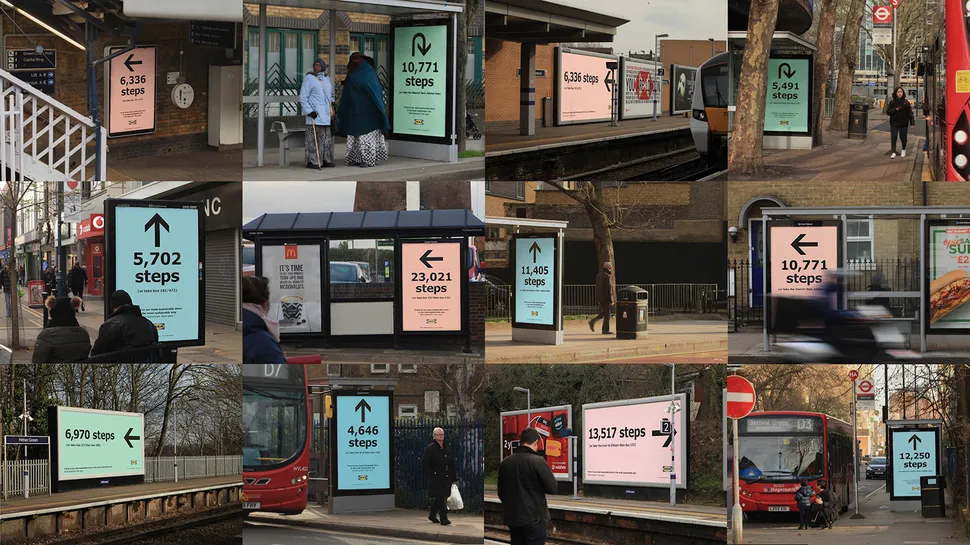8 Types Of Awesome Outdoor Advertising + Design Tips
Working from home, and barely stepping out is how life has been for many of us for most of the past couple years. In many ways, the Internet is our source of information, entertainment, and inspiration.
So yes, it can be difficult to remember that life outside exists too. But it does.

And leveraging the outside world is a strategy many brands employ at some point in their marketing campaigns. While digital advertisements come with a lot of perks, such as ease of implementation and feedback tools, outdoor ads are effective in other ways.
Outdoor advertising or Out of home advertising can help you raise brand awareness, promote products, and attract a very targeted audience. All you need to do is play your cards right. Moreover, believe it or not Internet penetration is still at less than 50% of the world. So, with outdoor advertising, you reach a wider audience without an Internet barrier.
All said and done, we are sure you are wondering how outdoor advertising can compare with versatile digital ads. They seem to have so much more to offer and deliver.
To quell these doubts, let’s look at the many benefits of outdoor advertising before diving into the principles of designing them.
Why Invest in Outdoor Advertising
Think from a consumer’s point of view. How much do constant digital ads irk you? Do they not pop up where you least expect or want them to be? As effective and lucrative as digital ads are, they do have some drawbacks too.
But, Outdoor Advertising or Out of Home Advertising is an age-old tradition that everyone accepts and expects too. When you drive on the freeway, a billboard feels natural to you. Consumers don’t fight these ads but pleasantly engage with them. In fact, in a recent study on OOH advertising, 55% of users agreed they engaged with an outdoor ad.
The same study told us that 75% of users found billboards easier to notice than digital ads. It is easier to get drowned out in the chaos of the Internet, while outdoor ads have a relatively low profile competition.
With all this said, if you think targeting is not possible in outdoor advertising, think again.
With outdoor advertising, you can completely go niche-specific and even location-specific. This form of advertising allows you to talk to your customers from a place you know that guarantees attention to a great extent.
Last but definitely not least, brands must consider outdoor advertising just to take up space where their competitors are. Outdoor advertising spend is on the rise for the last two decades, with just a small dip in the 2020 year. From 2021, it is climbing up, and you need a slice of the pie for sure.

Planning an Outdoor Advertising Campaign: A Checklist
We are sure you are team Outdoor Advertising now. So now it’s time to understand the creation process for perfect implementation.
How can you ensure that your outdoor advertising campaigns resonate with your audience? How do you choose the format, location, and design?
We know you have all these questions. That is why Kimp brings you a handy checklist for planning and executing a stellar outdoor advertising campaign.
- The first thing is to define your target audience as much as possible. The more details you have, the better.
- With the target audience in mind, you must now introspect on what you aim to achieve from your outdoor advertising. Are you looking for popularity or brand awareness, a comparative advertisement, product promotion, and so on?
- Now comes the location. The target audience and advertising objective must guide this important choice. Location always has a profound effect on the campaign’s reach. It must be popular, niche-relevant, and accessible to a large section of the audience.
- Once you have the first three points squared away, it is time for you to pick the right advertising design for your outdoor advertising campaign. The options are endless, and it is essential to make the right choice.
- Finally, it is time to work on the design. You must work on every design element (described in coming sections) with utmost diligence for the best results. Always check if the design is print-friendly, conducive for the location, and easy to install. For best practices for an installation-friendly design, see if your printer has any recommendations.

8 Types of Outdoor Advertising
As we said, there are endless possibilities in outdoor advertising. It can cater to every industry, niche, and product. But every outdoor advertising type has a specific purpose and suitability in terms of location, target audience, and product. So choose wisely.
To help you make an informed choice, below is a list of popular outdoor advertising types curated by the Kimp team. Each of these types lends itself perfectly to some niches more than others, and in some cases, you may have to employ more than a single OOH type in your campaign.
So let’s explore your options:
1) Billboards
Undoubtedly, one of the most popular types of outdoor advertising. When we think of outdoor advertising, we think of billboards more than anything else. Roadside billboards are an essential part of any road journey. They are such a cultural staple that they have an intrinsic trustworthiness in them.
Billboards are a great channel to raise brand awareness, promote any upcoming offers, or new product launches.
In billboards, you have primarily three options:
- You can choose to go the old school route by designing paper or static design billboards. These designs have been around since time immemorial and are quite popular among older generations.
- Digital billboards are a fairly fresh addition to the billboard family. In contrast to a paper billboard, your advertisement does not have exclusive space. You share space with other brands but can choose the timing and frequency of your advertisement. If you have seen an advertisement run on electricity, dissolving into another, you have seen a digital billboard.
- We know how interactive posts win over the populace on the internet. Extending this onto the physical world, some billboards now allow customers to interact with these ads. They can input values, scan a QR code, press a button, and so on. This improves the brand recall with the customer.
2) Transit/Vehicle Advertising
What is a major drawback in billboards? That they are stationary. On the Internet, you can be present wherever your customer goes, thanks to cookies and social media platforms.
Vehicle Wraps or Transit Advertising solves this issue in billboards. They are billboards on wheels. Now, you can choose a vehicle specifically to go around the city, advertising for your brand.
But a more popular and effective way of maximizing the impact of vehicle advertising is displaying them on buses, trains, and cabs that go around the city anyway.
For a more targeted approach, you can pick cabs or buses that run a very specific route. People travel via the road and public transport every day. There is very little chance of them missing out on your advertisement. Especially when they are behind one in a long traffic jam.

3) Bench Ads
If you live in a major metropolitan city in countries like the USA, Canada, or the UK, you know what bench ads are, and the sheer brilliance of them blows us away sometimes. It is featured on street furniture that most people will use at some time or the other. They are ideal spaces with a lot of foot traffic, making them the perfect real estate for advertising,
Benches come in different shapes and sizes, so it is best to know where you are advertising before you begin the design process.
Design placement and overall aesthetic in bench ads are very important. Nobody likes an advertisement that ruins the street’s overall style or blends in too well, so that no one even notices it. Balance is the key here.

4) Storefront Displays
Storefront displays are another popular outdoor advertising type, after billboards. Some also know them as window ads. Windows are good real estate as most passersby are window shopping. Having your advertisement prominently featured there can attract the right customer.
This advertising type is one that brings brands a lot of business. And it makes sense too. You may have dozens of billboards and banners strewn across the city. And those can increase brand awareness quite a bit. But when you grab the attention of someone passing by your business, that can lead to more consideration and even a conversion.
How you design the ads in your storefront determines whether the customer walking down the street comes in or not. So, display your brand’s ads prominently in your storefront window(s). Put out your new product launches and the latest promotions, too.
It is a mini-billboard but even more effective as it is much closer to home.
Kimp Tip: Storefront displays are very tricky to design. You need the advertisement to attract the customer and bring them through the doors without compromising your brand aesthetic and identity.
You need a design team to make a happy marriage out of your brand identity and the limits of the space you have. And we think it is Kimp Graphics, hands down!
5) Street Ads
The best thing about outdoor advertising is that there is so much outdoor to explore. Every surface and every popular customer touchpoint is an opportunity to garner attention for your brand. Street ads are those that work with the multiple real estate opportunities offered on the street. It can be a lamppost, telephone kiosk, bus shelters, news racks, and any such utility.
With outdoor advertising, every minor element contributes to the overall success of the campaign. You want customers to see you everywhere and make your brand a part of their consciousness.
Street ads are comparatively inexpensive. They may have some limitations in terms of size and design possible, but the rewards are great even for the smallest ad space.

6) Retail Ads
Retail spaces are some of the most expensive spaces to rent or own worldwide. They cost a lot to set up, run, and turn a profit on. So, a retail store has to think above and beyond the usual to ensure they make the most of every sales opportunity.
Have you ever walked into Ikea, Walmart, Best Buy, or Target and immediately felt drawn to a product because of a display? Well, that is a direct result of the power of their advertisements.
Retail ads come in many shapes and sizes, such as floor ads, ceiling ads, window displays, and checkout counter ads or POS ads. These advertisements usually promote some specific products based on the retail store’s aim.
In terms of design, these ads must be extremely captivating, engaging, and persuasive because they’re pushing for a sale or an upsell.

7) Lift/Elevator Ads
Taking the principle of retail ads and fusing them with mall culture, we give you lift ads. Lift ads are the outdoor advertising equivalent of an elevator pitch. In other words you’re trying to convince an audience of something by the time they finish their elevator ride.
Most people in a lift have little to do. So, grab their attention with a great design and some compelling copy. Lift ads can have a high conversion ratio if you happen to have a physical store on the same premises.
When you work on lift ad designs, understand that these will mostly appear on the doors of the lift and have to work as two separate puzzle pieces essentially. The printing can be a challenge too when you consider the metallic surface. Work with your design team, and confirm the specs for your print design, to ensure the design you envision will look the same post-installation.
Enhance your Outdoor advertising with Kimp
Venturing into outdoor advertising can be challenging, not to mention expensive. But there is so much to explore, innovate, and execute that there’s plenty to get excited about too.
Especially with the design teams at Kimp Graphics and Kimp Video waiting at your disposal. Request unlimited outdoor advertising designs, with unlimited revisions, for a flat fee.
Sign up for the free trial to see how Kimp can help you scale up your ad campaigns.
